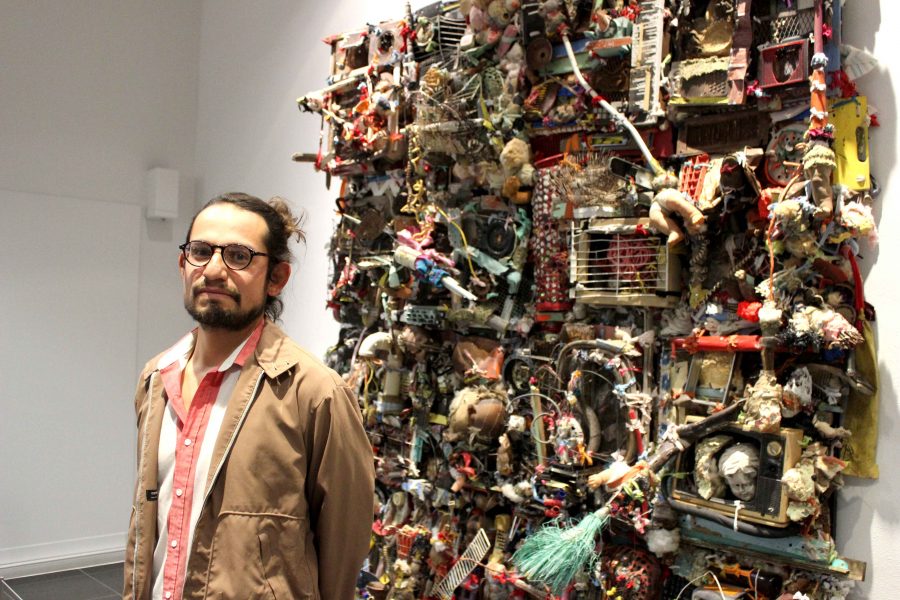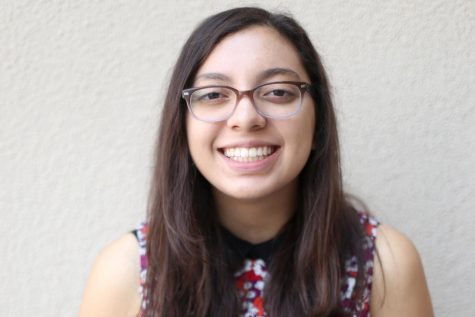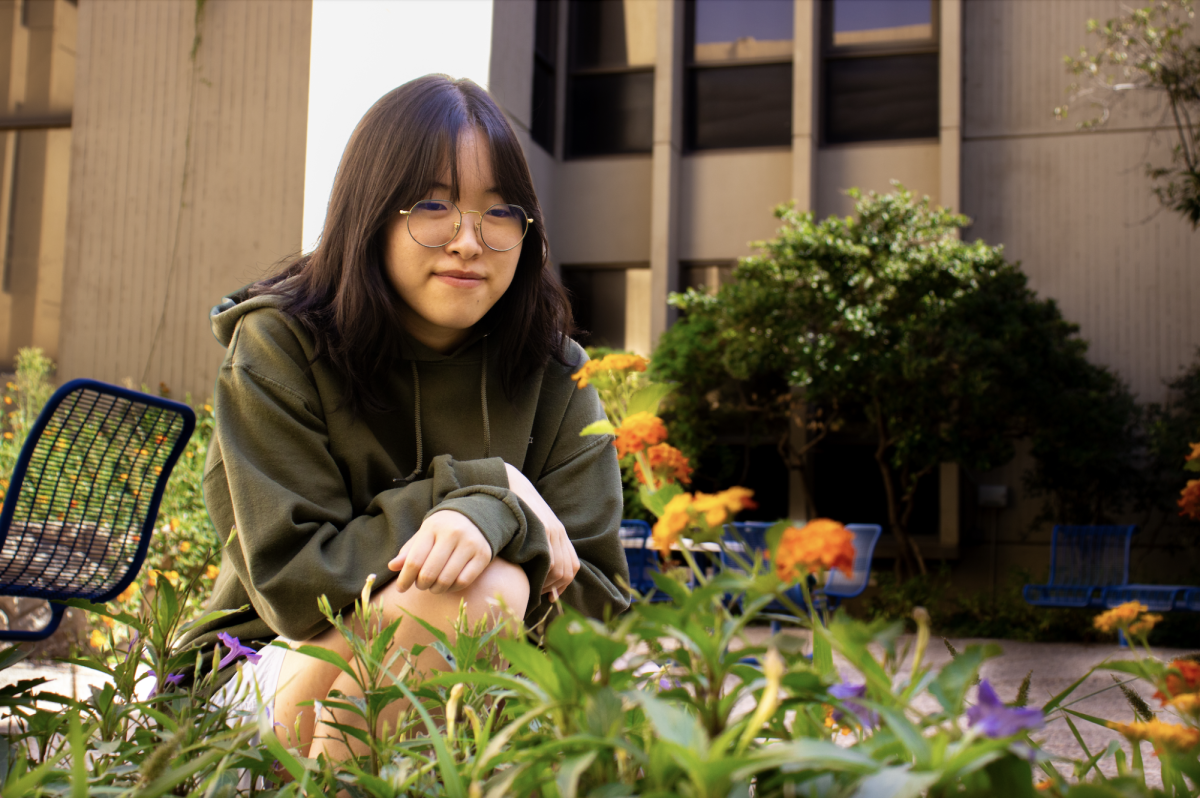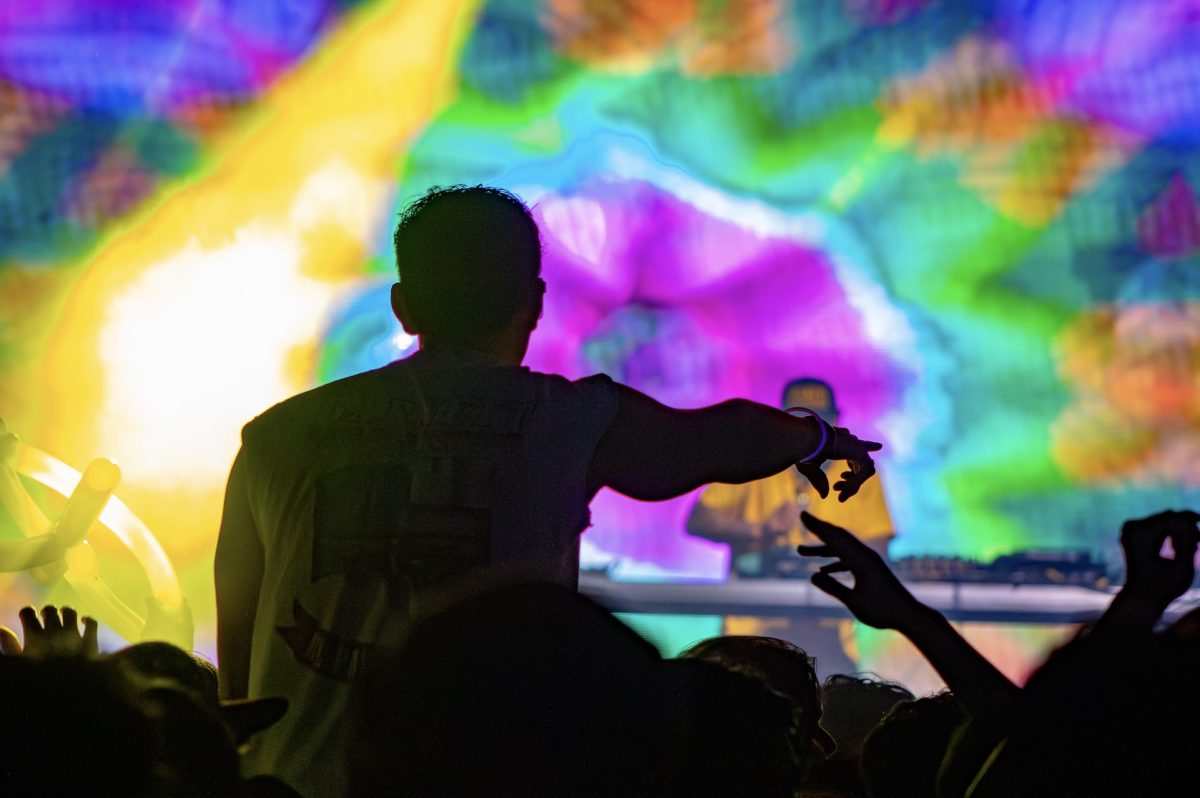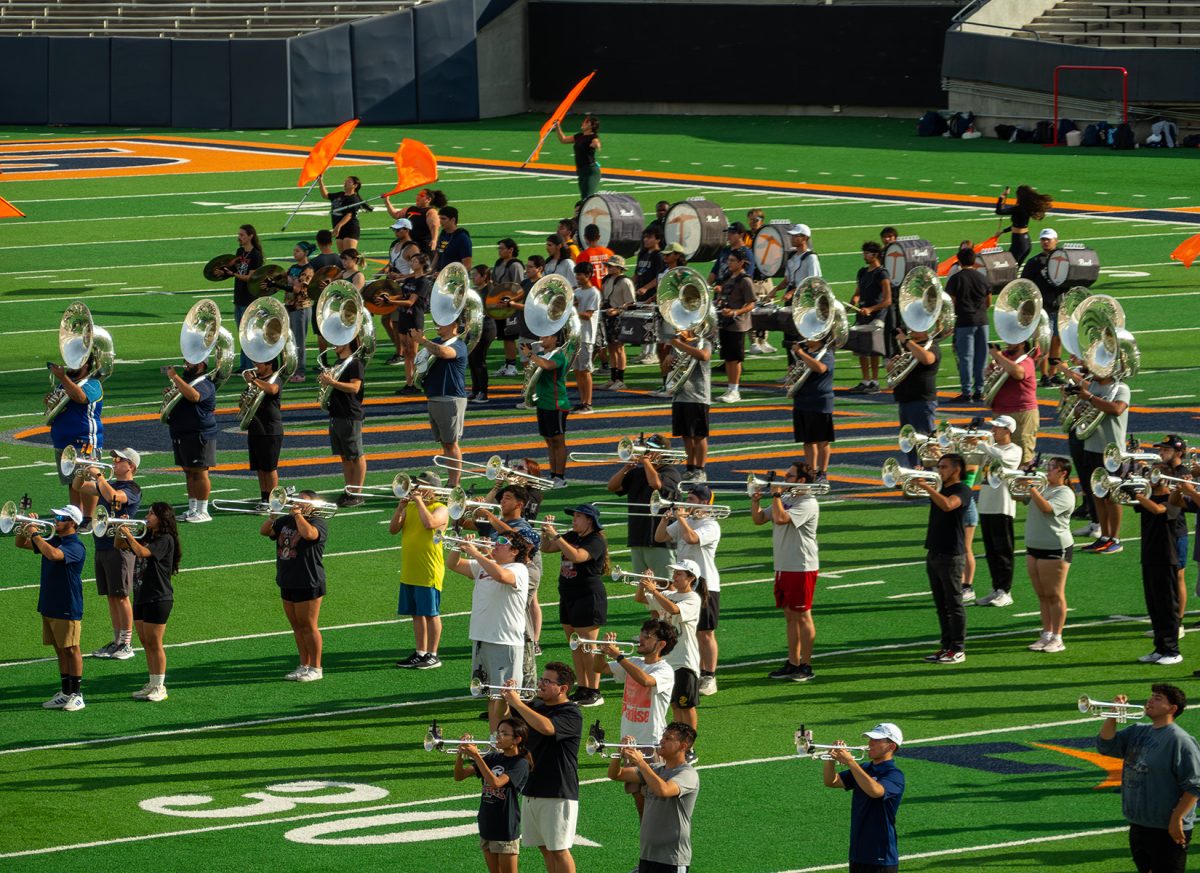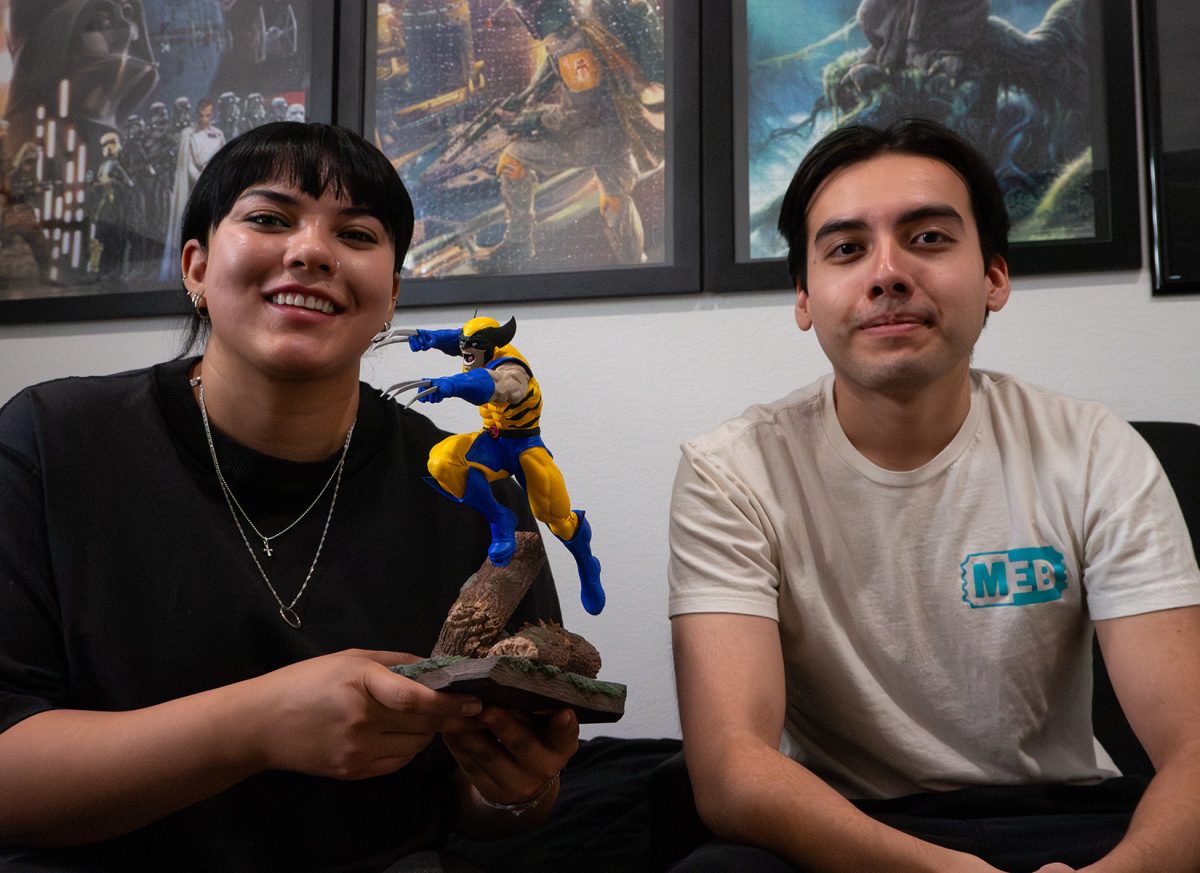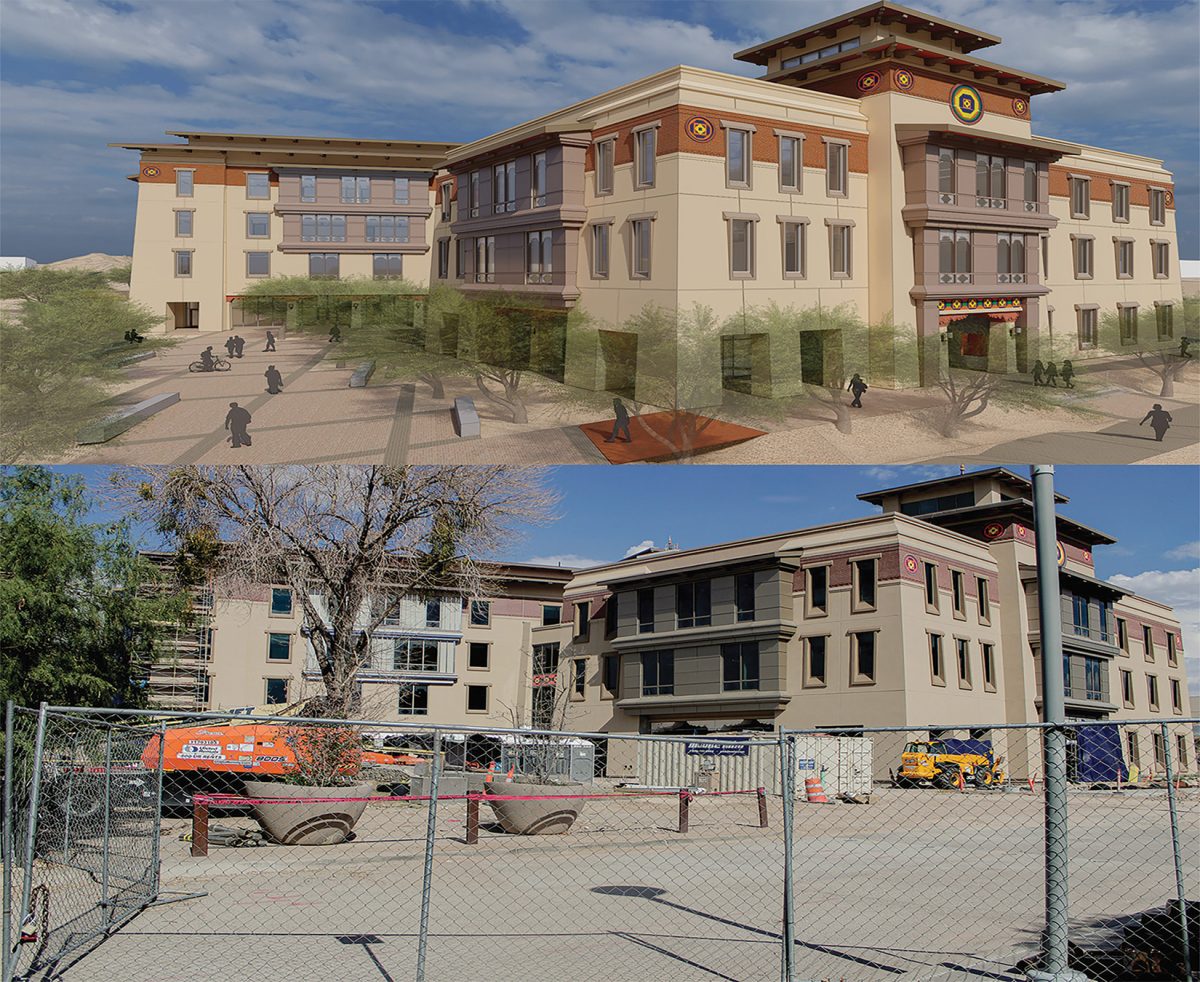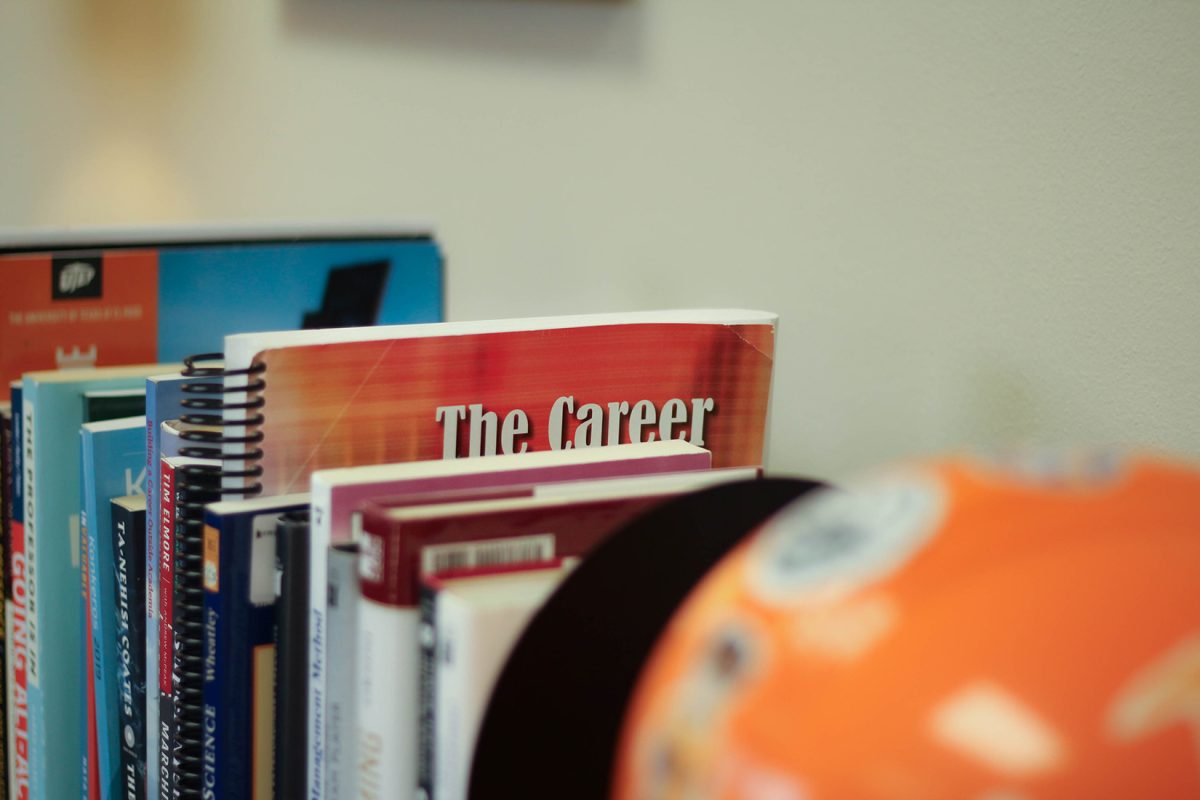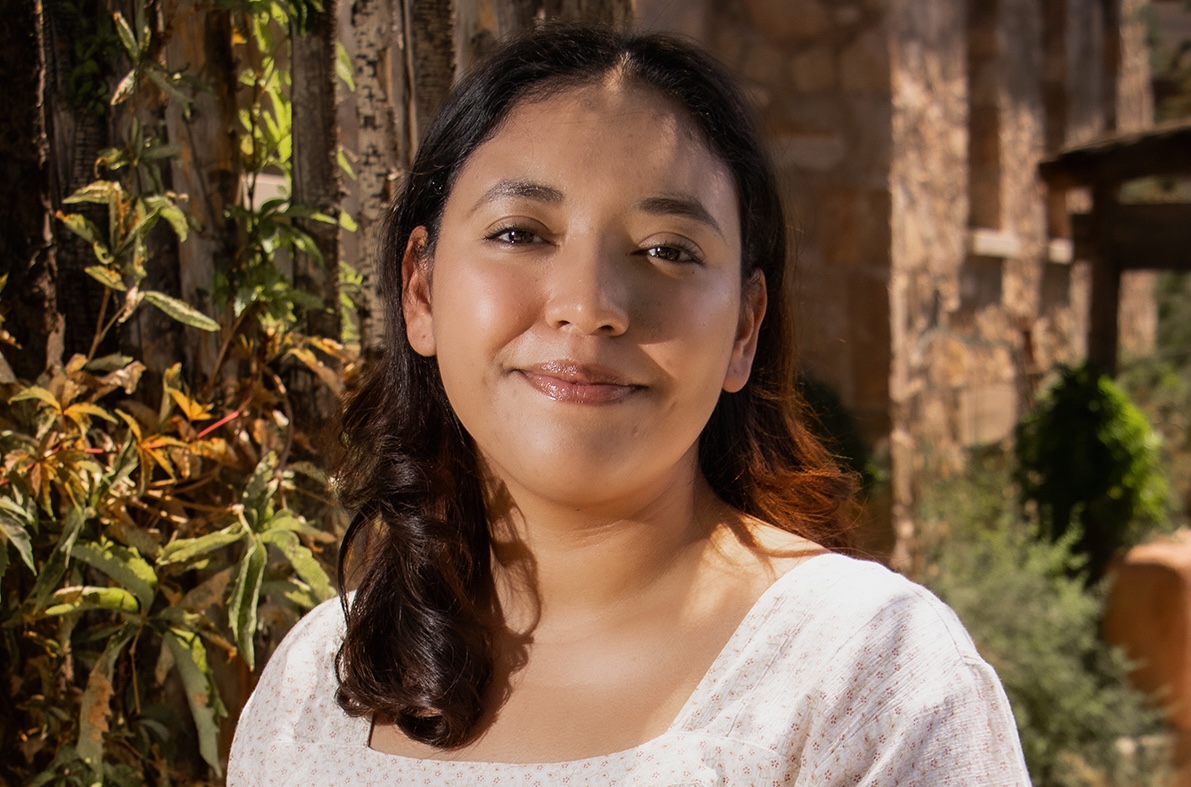The El Paso Museum of Art is working with UTEP’s Department of Art for the first time to feature one student’s artwork at the museum as part of the LabEPMA Program.
LabEPMA features four regional artists throughout the year, and each artist’s work is displayed for a three-month period. The artists selected also give a 30-minute discussion on their work. Guillermo Gutierrez was the first UTEP student to be awarded in the program. Gutierrez is an undergraduate set to receive his BFA degree with a double concentration in ceramics and sculpture this coming December.
His piece, “Krag,” will be at the museum through May 7. EPMA Curator Christian Gerstheimer, who previously taught art appreciation, exhibition practices and art history at UTEP, played a large part in working with the UTEP Department of Art and selecting a student to feature.
Gerstheimer said students had to be selected by the faculty of the UTEP art department first to be considered for the program, and then those students presented their platform to the EPMA.
“There were four artists that were proposed to be LabEPMA artists. We told them these proposals were good, but they don’t really apply to how their work would be shown (at EPMA),” Gerstheimer said. “They all redid their proposals, and (Gutierrez) was the one we selected because it seemed the most doable, but also the most engaging and exciting for us.”
Vincent Burke, an associate professor of art, approached the EPMA about featuring one UTEP art student per year. Featuring Gutierrez has been in the works for more than a year, and he even took time off in the fall semester of 2016, to work on his piece.
Gutierrez had been previously working on site-specific sculptures out in the desert, and decided to weave together a quilt of the materials he found in the desert to feature at the museum.
“That piece started with my exploration of illegal dump sides outside El Paso. I stumbled upon that one by sheer chance actually. That place became my studio,” Gutierrez said. “I started to go out there and built site-specific sculptures. I started to go out there and build. I built about seven of these. That quilt is a representation of my explorations of ‘Krag.’”
Gerstheimer also said that this selection was a lengthier process than normal. The curatorial department aims to alter the works that are shown so that they’re not always displaying paintings and different medias.
“(Gutierrez’) seemed to make the most sense for what we’re trying to show,” Gerstheimer said. “He really changed his idea to be something that could go here, because he was doing site-specific sculptures. We can’t show something in the desert. He proposed this and it really seems to work.”
This is a grand opportunity that most artists don’t accomplish until later in their careers, and Gutierrez will receive an honorarium for his exhibit.
When describing why he chose a quilt of materials, Gutierrez said, “The quilt is basically an accumulation of my wanderings. I was creating a narrative of wanderings. It’s up to anyone’s interpretations. The narrative can be whatever you want.”

